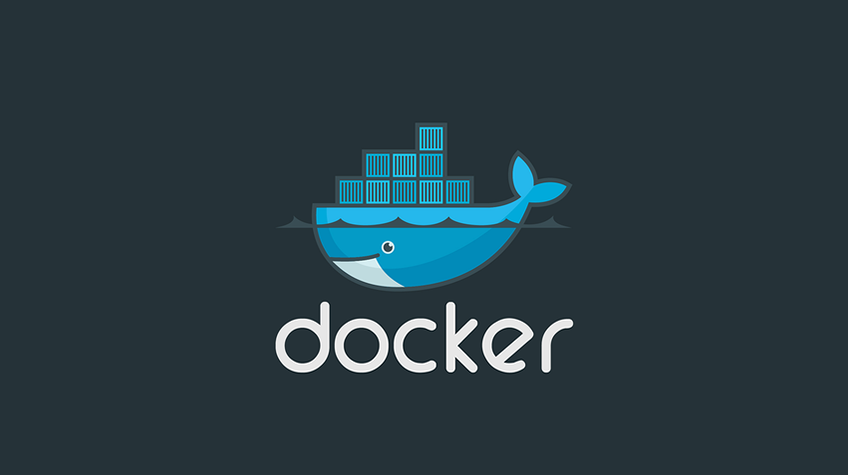
Docker is open-source software that makes the creation, deployment, and running of applications easy. It lets you package your applications together with all their dependencies into a single bundle.
When you decide to use Docker containerization, you may have to consider the security of Docker Image and Docker Container. One way of distinguishing images from containers is by understanding the process of creating each.
In this post, you will get to learn about these and their differences in terms of security.
What is Docker Image?
A Docker Image is a read-only file that combines the source code, tools, dependencies, libraries, and other necessary files for an application to run. Thanks to its unchangeable nature, Docker Image is also known as a snapshot.
Consistency is among the best features you get with Docker. It allows developers to experiment and test applications in uniform, stable conditions.
Because images are in other words just templates, you are unable to run them. To accomplish this, you need to use the template as the building block for a container.
A Docker Container is a running image. Images play an essential role in container security. The Docker Container you create ensures the Docker Image remains separate and unchanged. It adds a writable layer on the unchangeable image allowing you to modify it.
The container layer allows changes to the entire copy of the image. This way, you get a read-write copy of the docker image in the container. The advantage of using docker is its huge community.
Docker Container
A Docker Container is a virtual run-time environment that allows you to isolate an application from its underlying system. With containers, you get a portable unit that you can make it easy to start an application.
The most important feature you get is the standardization of the computing environment. It ensures your application works in identical circumstances. Also, it makes sharing the application with other teammates simple.

Containers are autonomous and offer remarkable isolation to ensure they never interrupt other containers and servers supporting them. Docker provides some of the strongest isolation capabilities available in the industry.
This way, you won’t have to worry about ensuring your machine is secure when creating an application. With Docker Container, you can use one machine to run isolated processes. Thus, containers are extremely lightweight.
The main differences between Docker Image and Container
It would be unfair to try to compare Docker Image and Container as opposing entities. They are closely related since they form part of the Docker platform. It is clear by now from the section above.
Besides, Docker Image and Container do have subtle differences. For instance, images do not require containers to exist. However, containers require images to exist.
Thus, containers rely on images to build a run-time environment for an application to run. Containers inherit all the characteristics of any image they are created from. These include malware, security vulnerabilities, and misconfigurations.
Containers are the hallmarks of Docker technology. Each container is autonomous and runs within its isolated environment. This way, they do not interfere with other applications. It enhances the security of applications.
See differences between Docker Image and Docker Container:
Docker Image:
- Acts as the blueprint for the Container
- A logical entity
- Created once
- Immutable Immutable
- No computing resources need to work
- Used to package applications
- No running state for Docker Image
- Dockerfile is used to make a docker image
Docker Container:
- An instance of the Image
- Real-world entity
- Created multiple times using image ng image
- Changes only when old images are deleted and Change when old images are deleted new ones used to build the container
- Require computing resources to run
- Use server details and file system from the image to run
- Uses RAM when built and running
- A container is docker is made by running the “docker build” command
Importance of container and Image security
The images need to be built following all the security guidelines to eliminate potential problems. After all, they will form the components that will eventually be running your application.
So, if there are security issues in the image, the severity of the problem will increase during production. To end this, you need to monitor production besides creating images with no elevated privileges or vulnerabilities.
Docker Image and Container security is important as traditional infrastructure security. A security compromise exposes customer data and potentially risks fines, reduced sales, and lost productivity.
The best approach for securing Docker images is through the use of trusted images. Images in the Docker image base come from trusted sources. Also, you can increase the security of your application by scanning the images regularly and using minimal images.
RELATED: Easy guide to set up Self-Managed GitLab Docker
Container lifecycle
Docker has seven states for a container i.e., creating, running, restarting, removing, dead, exited, and paused. Starting a new container demands that you create it and then initiate it. It means that you start with the creating state before you can run it.
Afterward, you can pause the running container and resume its running state. Also, you can stop a running container and restart it. Lastly, you can remove the container. However, only stopped or created containers can be removed.
Why use Docker?
Docker is a popular platform for the containerization of applications. It allows application developers to package application code in a virtual container alongside its dependencies.
Organizations choose to use Docker to create applications that are optimized, scalable, portable, and agile. Docker containers are secure by default. However, it is advisable that you comprehend possible vulnerabilities to be able to use the right approach that protects your app against security risks.
Conclusion
In this post, you have learned how Docker images and containers differ. With Docker images, they describe applications and the way they run. On the other hand, containers are instances of an image where multiple containers for the same image can run in various states.






